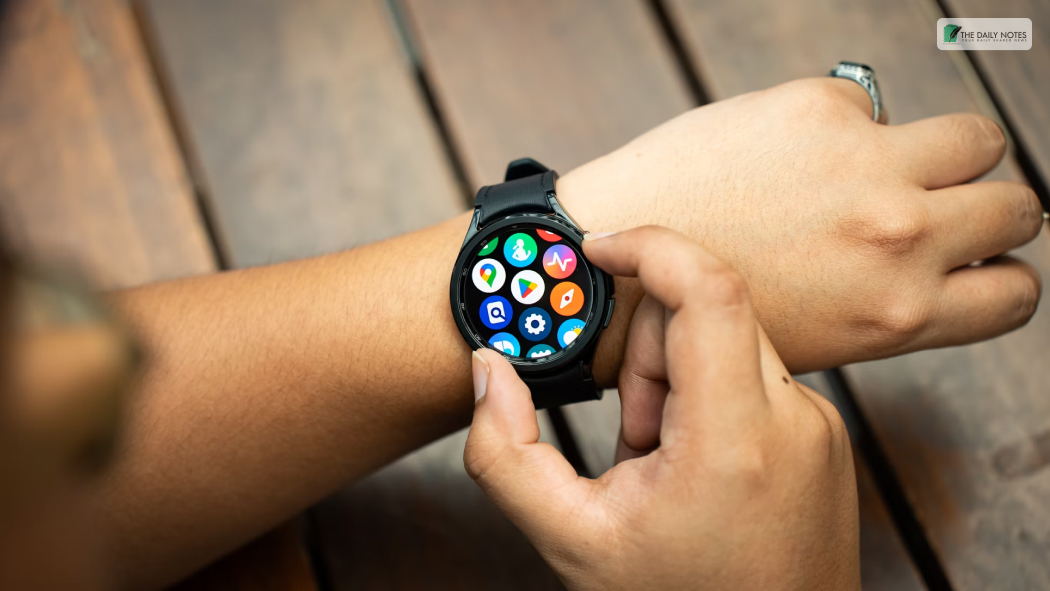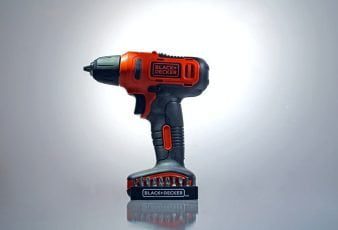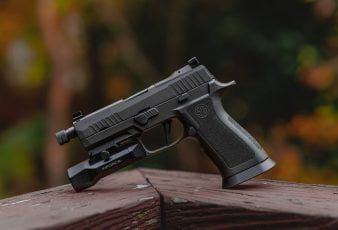Undoubtedly, iOS and Android dominate the burgeoning smartwatch market in the UK, with Apple holding the single largest share of 47.9% in 2020. So, if you are wondering how to make a smartwatch and if it is even possible to DIY, here’s a guide!
While Apple’s clean and iconic smartwatches boast many features (such as tracking your location with GPS and monitoring your blood-oxygen level), building your smartwatch in the digital age is increasingly possible.
We’ll explore how to do this in the article below while asking what you need to achieve this objective.
What to Aim for When Making Your Smartwatch?
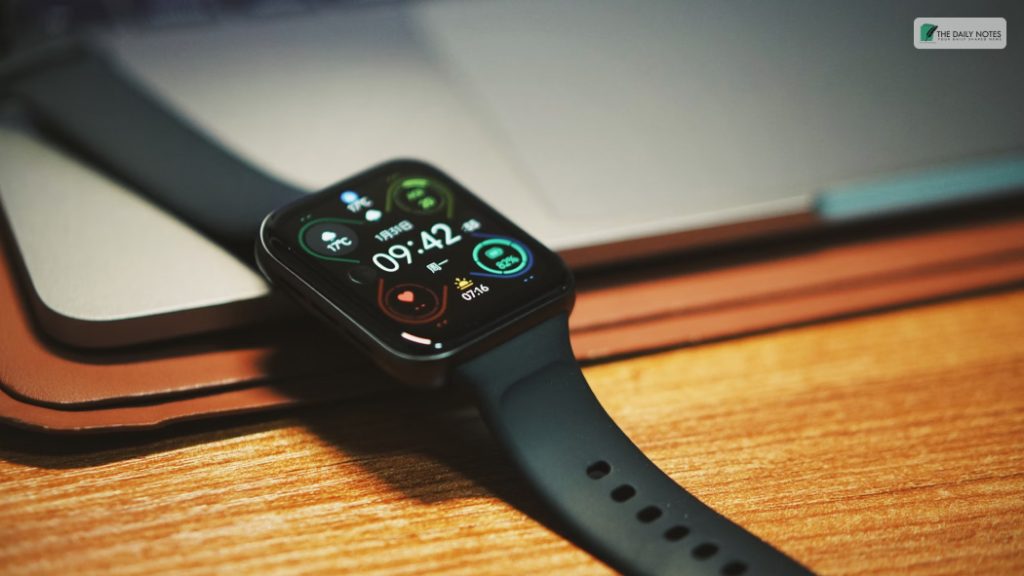
Before we delve into the equipment you’ll require to build your smartwatch, we need to look at similar projects that have proved successful recently.
One of the best examples is provided by the so-called “Smart Watch,” which derives its moniker from its designer, Samson March.
This watch took just a few weeks to build from scratch, and it’s a fully functional and self-coded device that boasts an incredible battery life of seven days (this is significantly better than any iOS or Android alternative).
The device can be fully recharged in just 2.5 hours, too, thanks largely to the inclusion of an in-built and fully capable charging cradle.
The watch also delivers color-coded notifications in real-time from March’s smartphone, including messages, emails, and relevant calendar updates.
The device lacks some functionality associated with high-end smartwatches (such as music playback and fitness sensors), but its affordable and bespoke nature remains incredibly appealing.
How to Make a Smartwatch with a Specialist Kit?
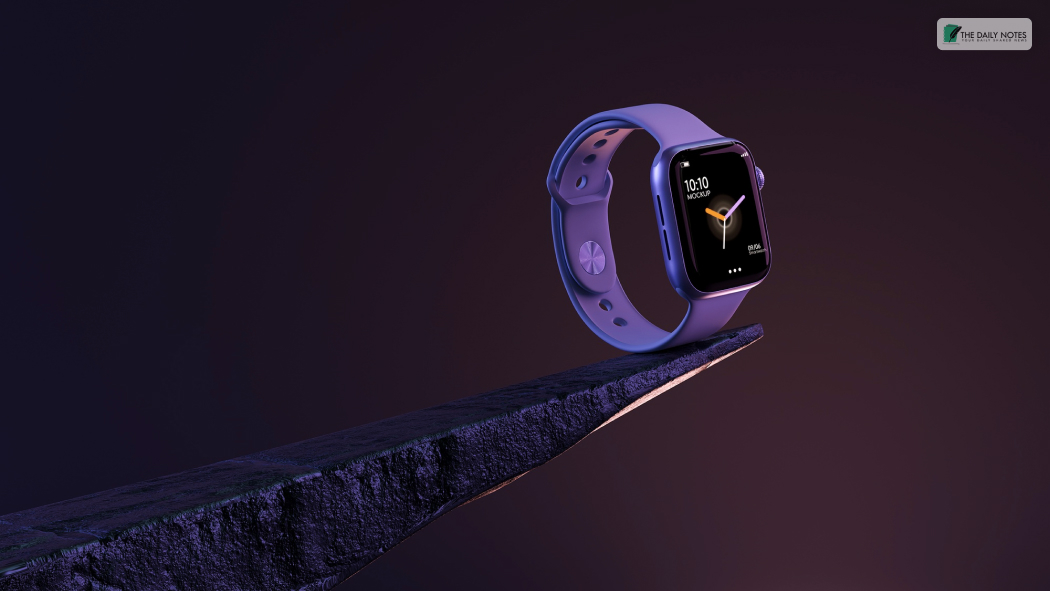
Before designing and coding your watch, you must invest in the right equipment. We’d recommend using a basic and affordable single-board computer such as a BBC micro: bit or a Raspberry Pi, specifically designed to make coding fun and easy to learn for novices.
The micro: bit is particularly useful for this purpose, as it represents a unique combination of hardware and software that allows for the seamless writing of new code to program everything from robots and games to smartwatches.
A typical micro: bit kit will include the latest generation boards and various accessories, which can help you achieve several different objectives.
For this application, the BitWearable Kit is one of the best and most affordable options, featuring a micro: bit expansion board that allows you to build a watch and similar wearable gadgets.
It also features two CR2032 batteries to power your device and the code to create fully customized watches, while the entire starter kit can be procured for as little as £14.22 (including VAT).
Specialist kits of this type should also come with full instructional guides. At the same time, you can also seek out tailored (and most importantly, free) courses online to help you build optimized and fully functional smartwatches.
How to Make a Smartwatch (Step-By-Step DIY Guide)?
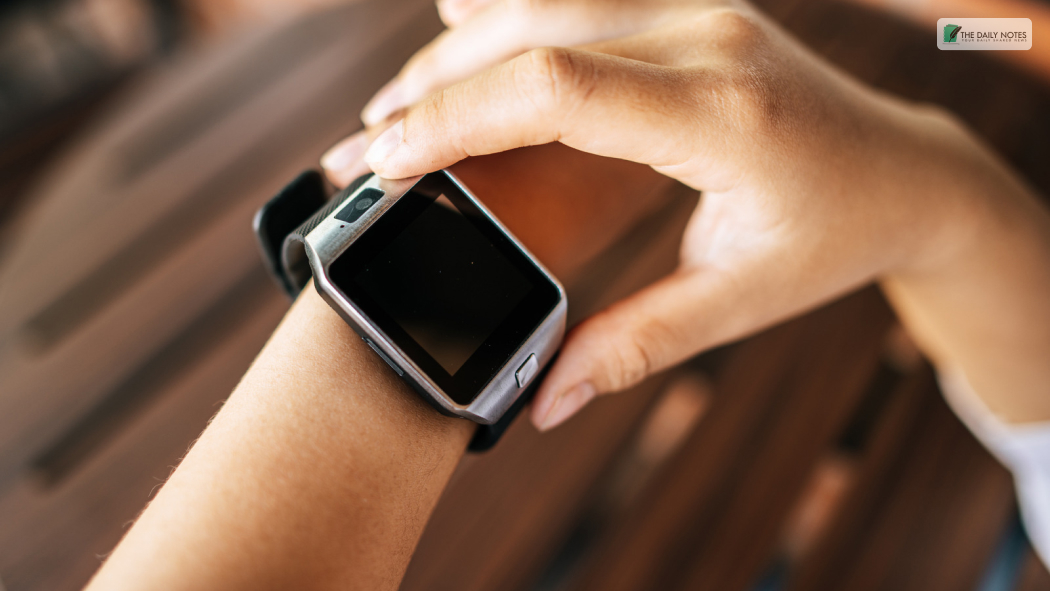
If you do not want to invest in a specialist kit, you may do it at home with basic watchmaking equipment. The best part is you may even find most of the items in your drawer. Let’s check the supplies you need!
Supplies you will need:
- OLED display – 1N
- ESP – 12e – 1N
- Voltage Regulator 3.3V – 1N
- SMD buttons – 3N
- TP4056 – 1N
- Small SMD buttons – 2N
- 0603 Resistor – 2N
- SMD Slide switch –1N
- 0805 10K resistors – 8N
- 0805 10 uF Capacitor – 2N
- 0603 112 Resistor – 1N
- 3.3 V Lipo Battery
- Hot air solder
Okay, I agree, you won’t get all of these at home, but if you know what they look like, you will easily spot them. In addition, you may even have to get the help of professionals such as a watchmaker to fix the watch and identify all the pieces. But follow these steps to get a working smartwatch that is so hi-tech, it’ll blow your mind!
Step 1
Get a PCB or a printed circuit board that can support you with the assembly. This is when you will thank us for adding this step because the assembly process may seem daunting for first-time DIY-ers.
You can also use EasyEDA (a free software) to create the printed and schematic circuit board before purchasing the PCBs.
Step 2
After you finish that, solder the components to the PCB using a hot air soldering gun. For the SMD and THT components, soldering will help fix them in place.
The SMD can be soldered with the help of hot air soldering, whereas you can just use soldering for THT components. Both work fine without giving you a lot of difficulty.
Step 3
Now comes fixing the display in place. For this step, begin by carefully taking the ESP12E and placing it on the PCB. Then, use hot air soldering to solder it in place. Use a soldering iron on the PCB’s front side to fix the OLED display in place.
Step 4
Now comes the important step of attaching a battery to the almost-ready watch. Take the 3.3 V Li-Po battery and solder carefully soldering + and – terminals of the PCB.
Step 5
Remove any excess part of the PCB with the help of a cutting tool. Be careful while doing this to avoid any nicks or cuts.
Step 6
Add the desired belt to the watch, and your DIY smartwatch will be ready for software installation.
Step 7
Obtain the Weather API from any search engine and have it ready before you upload the code. Visit the website and click the green text button under the YQL query.
Next, scroll to the bottom or find “nome, ak.” This is where the name of your city and the country code should go. For instance, “Chicago, US” here, Chicago represents the city, and the US is the country of the United States.
Once that’s done, you can go ahead and click the “Test” button and copy the link provided under the “Endpoint.” Copy from “/v1” till the end.
Next, go to GitHub to obtain the Arduino code; insert the Blynk Authentication code you will receive in your mail. This is after you first create a new Blynk Project in the code.
Put the Wi-Fi SSID and password. Find “const String url =” and replace it with the API link you had copied earlier. Next, insert the authentication code of the other ESP8266 managing the relay under BLYNK_CONNECTED.
Step 8
Finally, find the “TimeChangeRule” and adjust the time zone before installing the following Arduino libraries:
- Time. h & TimeLib.h
- Timezone. h
- SSD1306.h & SSD1306Wire.h
- NTPClient.h
- ESP8266WiFi.h & WifiUDP.h
Step 9
Next, download the latest BLYNK library and wire the 4-pin serial communicator to the USB-TTL converter as follows:
- ESP-12eUSB-TTL Converter
- GND – GND
- RST – RTS
- RX – TXD
- TX – RXD
On the Arduino IDE, select the device as NodeMCU 1.0 and choose the correct COM port to upload the code. While doing that, press and hold the flash button on the watch; next, slide the switch on your watch to turn it on.
Wait to see the “Connected to Wi-Fi” signal, which will prove you’ve successfully made a smartwatch. Pressing the middle button will display the Temperature, date, and time.
If you have electrical items connected to the relay, they can be controlled using the watch. Ensure the relay switch is connected to the live wire instead of the neutral.
And It’s A Wrap!
That’s how to make a smartwatch that functions well and has all the latest features of a smartwatch – from displaying the Temperature to controlling other connected electrical devices.
Comment below if you have any queries or updates on how your smartwatch-making journey went!
Read Also:












